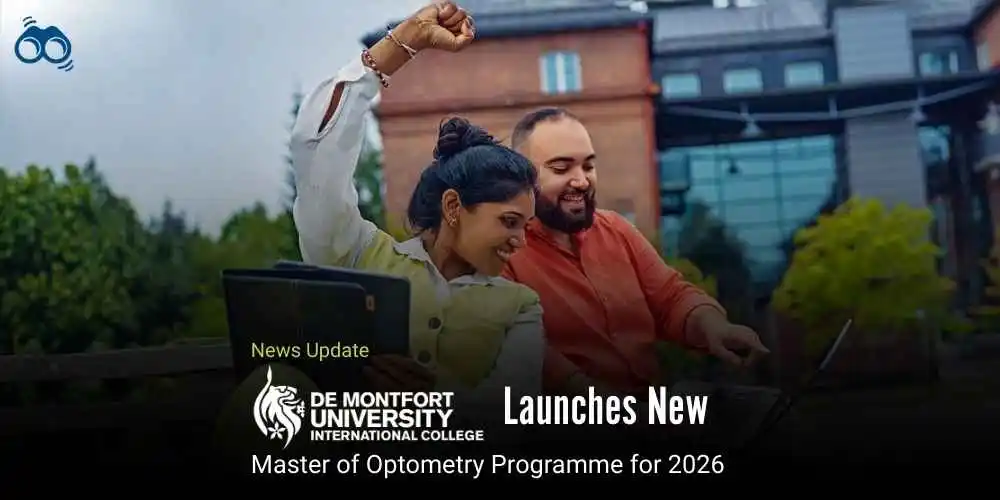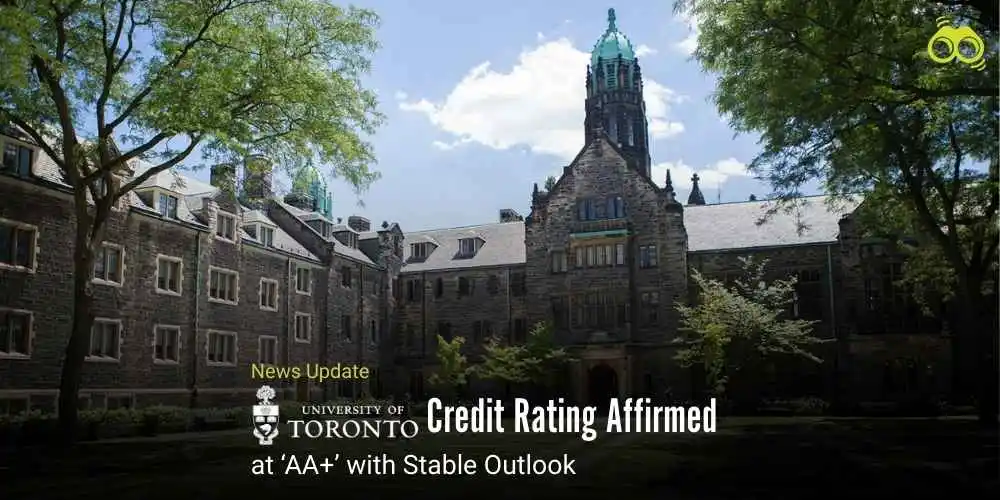From Valleys to Stages: Welsh Teens Pursue Creative Futures Beyond University
Fewer Welsh Teens Apply to University as Alternative Routes Gain Ground
As the summer exam season drew to a close, thousands of 16- to 18-year-olds across the UK were preparing to receive their results, with many expected to pursue the traditional route into higher education. Yet in parts of Wales with historically low university entry rates, such as Blaenau Gwent, Rhymney, and neighbouring Torfaen, a growing number of students appeared to be exploring alternative pathways. This quiet shift reflects changing aspirations shaped by local context, economic realities, and evolving perceptions of success.
Recent data published in June revealed that only 32.5% of Welsh 18-year-olds had applied to university, compared with 41.2% across the UK. In Blaenau Gwent, for example, members of the Abertillery Youth Drama and Music Society, currently rehearsing for their production of Beauty and the Beast, were said to be pursuing careers in theatre and the creative arts rather than higher education. Among them was Millie, 16, who planned to begin a performing arts diploma at a further education college in September. She aspired to attend university eventually, with dreams of experiencing New York’s “amazing” theatre scene, and found reassurance in the idea of spending years honing her skills, even if job prospects remained uncertain.
Gil, also 16, intended to take A-levels before entering the workforce and possibly considering university later. He explained that his preferred careers were not easily accessible through academic qualifications alone, and he was reluctant to invest heavily in higher education only to face debt without guaranteed employment. By contrast, Megan Pitman, having completed her A-levels, hoped to study at Aberystwyth University. Motivated by a desire to do “something impactful and big,” she saw university as essential to her ambitions and looked forward to gaining independence and new experiences, inspired in part by her older brother’s accounts of student life.
According to UCAS data, 18-year-olds in the area were far less likely to attend university than their peers in other parts of Wales. In 2024, Torfaen recorded the lowest entry rate at 16.9%, while Blaenau Gwent and Rhymney stood at 18.9%, compared with 47.9% in Cardiff North and 51.5% in London. Gareth Lloyd, Wales official for the University and College Union, acknowledged that universities could feel distant for many young people in the South Wales valleys. He suggested that all further education colleges and sixth forms attend every open day in Wales, with free transport ideally funded by the Welsh government. Recalling his own school days, he noted that pupils were once shown glossy prospectuses for every university, and warned that cuts to careers advice and reductions in university course offerings could further harm recruitment. For students wishing to study locally, he emphasised the need for nearby options, something he suggested was becoming increasingly scarce.
Meanwhile, some young people were pursuing non-university routes. Summer, 16, from Ebbw Vale, had left her hairdressing course but hoped to return next term after time on the Jobs Growth Wales+ programme. She wanted to continue her education to become fully qualified before securing a job, ideally well-paid, believing that “the more you work, the more you succeed.” Linda, 17, who had not attended secondary school, joined the same programme without qualifications. Within a year, she earned English and maths certificates and hoped for a bakery placement or apprenticeship, intending to run her own cake business and ultimately become a baker.
To promote Jobs Growth Wales+, ACT planned to take a careers trailer to high streets over the summer. Nathan Felvus of ACT described the programme as an alternative to college or sixth form, focusing on independence and wellbeing while helping 16- to 19-year-olds find a career path. While some participants later entered university, the programme’s primary aim was to support employment readiness. Medr, the body overseeing higher education, research, and further learning in Wales, said the UCAS figures offered a useful snapshot but called for more data to assess next year’s intake. Universities Wales, which had previously urged urgent action on low post-16 participation, reiterated that universities could be transformative, benefiting individuals, communities, and the wider economy and stressed the importance of continuing to promote their life-changing potential. As Wales navigates persistent regional disparities, the challenge remains to ensure that every young person can access meaningful opportunities, whether through university, vocational training, or alternative routes to success.
Editor’s Note:
For many years, university has been presented as the default route to success. The accounts here demonstrate that ambition can take many forms. Whether the goal is theatre, baking, or vocational training, these choices merit equal recognition. The low university entry rates in areas such as Blaenau Gwent and Torfaen are not simply statistics; they reveal deeper issues of access, aspiration, and local opportunity. If higher education is to remain relevant, it must engage with young people’s actual circumstances rather than policy assumptions. The current system has failed to make higher education accessible, not the students. This is evident in the direct barriers that need addressing: reduced career counselling, limited local university choices, and increased costs, all of which contribute to higher education feeling out of reach for many. Programmes such as Jobs Growth Wales+ demonstrate that there are alternative ways to support young people, but they require adequate funding and active promotion.
Skoobuzz underlines that education should broaden opportunities, not restrict them. It is time to stop treating university as the sole measure of success and to start responding to what young people truly want.














0 Comments (Please Login To Continue)